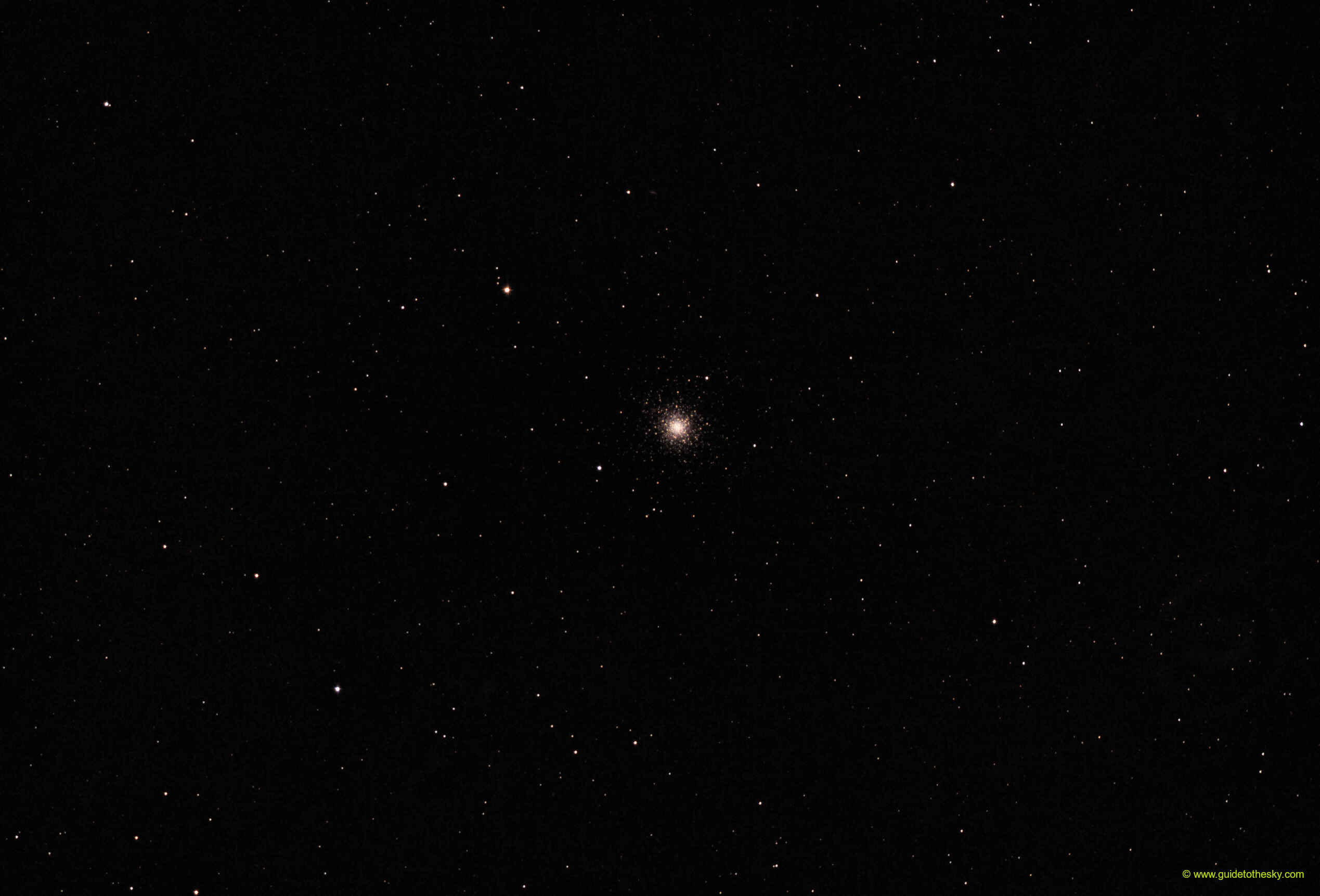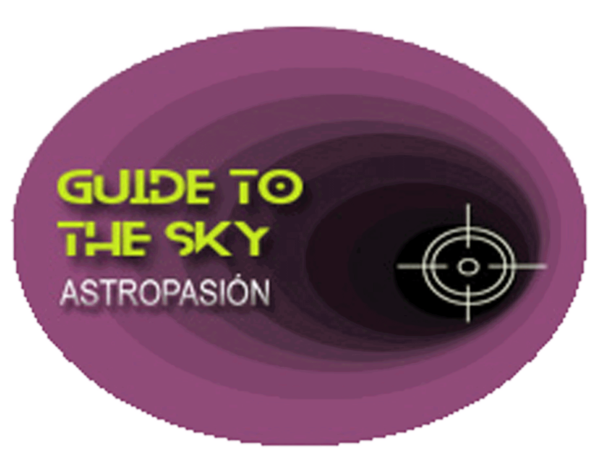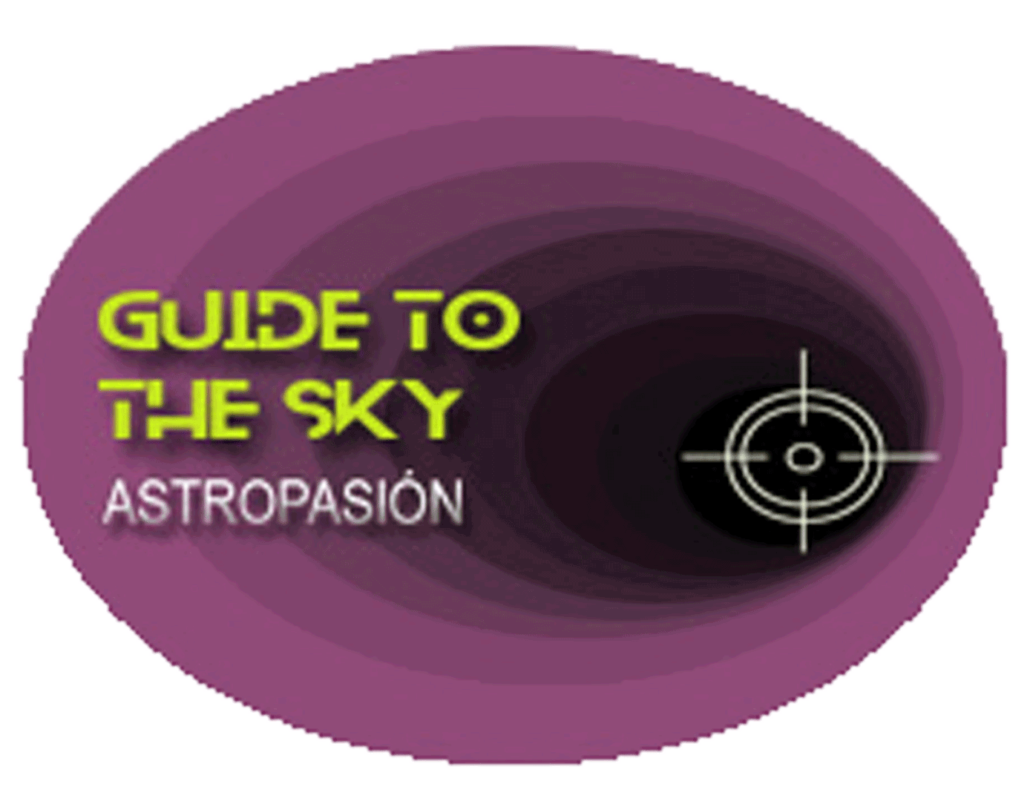Messier 3 - Canes Venatici

M3 es uno de los principales objetos de su calse del hemiferio norte ya que brilla con una magnitud en torno a la 6ª y un tamaño de 16' (más o menos como la mitad de la luna llena).
Tanto visualmente como mediante la astrotografía se trata de un objeto espectacular, enclavado en el centro un triángulo isósceles de estrellas entre la 6ª y 8ª Magnitud vemos una esfera de estrellas antíguas y gigantes rojas situada a {{ object[0].M3.mesDistances[0].dist }} {{ object[0].M3.mesDistances[0].unit }} por tanto, es un objeto de gran brillo intrínseco.
Por cierto que es posible alcanzar a visualizar la galaxia NGC 5263 a unos 30' al W de M3.
M3 - Gran cúmulo en los Lebreles - en la IA
Messier 3 (M3 or NGC 5272) is a globular cluster located in the constellation Canes Venatici. It's one of the best-known and brightest globular clusters in the night sky, easily visible with binoculars under good conditions.
Here's a breakdown of key information about Messier 3:
Key Facts:
- Designation: Messier 3 (M3), NGC 5272
- Type: Globular Cluster
- Constellation: Canes Venatici (Hunting Dogs)
- Distance: Approximately 33,900 light-years from Earth
- Diameter: Roughly 180 light-years
- Magnitude: Visual magnitude of 6.2. Bright enough to be seen with binoculars or a small telescope from dark skies.
- Age: Estimated to be about 8 billion years old
- Notable Feature: One of the most populated globular clusters known, with a very high number of variable stars (around 274 known).
More Details:
- Discovery: Charles Messier discovered M3 on May 3, 1764, while searching for nebulae.
- Composition: Globular clusters are dense, spherical collections of hundreds of thousands to millions of stars. M3 is no exception. It contains a diverse population of stars, including red giants, blue stragglers, and numerous variable stars.
- Variable Stars: M3 is particularly rich in variable stars, especially RR Lyrae variables, which are used as "standard candles" to help determine distances in the universe. The study of these variables has been crucial to understanding the cluster's age and distance.
- Observing:
- Location: M3 is located approximately halfway between the bright stars Arcturus in Boötes and Cor Caroli in Canes Venatici.
- Equipment: Even binoculars will reveal M3 as a fuzzy ball of light. Small telescopes show a grainy appearance as some of the brighter stars are resolved. Larger telescopes can resolve many more individual stars, especially at the cluster's edges.
- Viewing Conditions: Dark skies are essential for optimal viewing. Light pollution can significantly reduce the visibility of faint deep-sky objects like M3.
Significance:
- Stellar Populations: Globular clusters like M3 are ancient objects that provide insights into the early formation and evolution of galaxies. They offer a unique laboratory for studying stellar populations and stellar evolution.
- Distance Measurement: The RR Lyrae variable stars within M3 have helped astronomers refine their understanding of the cosmic distance scale.
In summary, Messier 3 is a beautiful and scientifically important globular cluster, easily accessible to amateur astronomers and a valuable resource for researchers studying stellar evolution and the structure of the Milky Way galaxy.
Más información sobre Messier 3 en NASA/IPAC.
Mapa alrededor de Messier 3
Otros identificadores de M3:
"BD+29 2450" ,"GCRV 8101" ,"GEN# +1.00119333" ,"HD 119333" ,"UBV M 19645" ,"C 1339+286" ,"GCl 25" ,"M 3" ,"NGC 5272" ,"[ZEH2003] RX J1342.1+2822 1","[KPS2012] MWSC 2152" ,

